Recently, we’ve been busy contemplating about our D.R.I.P.S. idea. We’ve even started putting together a prototype! (Although being in high school it’s a little more difficult.)
We’ve considered various materials: clay, plastic, metal. We want to design something that the local population can easily produce themselves. We assume that cost of production is a huge factor in widespread implementation.
Clay
While clay may be easily obtained and relatively inexpensive, it doesn’t effectively collect dew without glazing: the water is absorbed into the porous material and never reaches the roots of the plant. Glazing does solve this problem; however, the cost and effort of adding glaze to the production and the increase in the total weight of the final product all make clay a questionable choice of material. We have, however, thought of altering our design and placing the conic section directly on the ground, making weight less of an issue after installation (still a transportation problem, though). Read Nick’s post on ancient use of unglazed pots for irrigation!
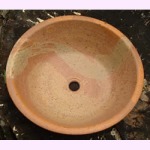 Here’s a photo of a hand-made bathroom sink. Something similar would work for a D.R.I.P.S. cone if it was placed directly on the ground. Note that the sink is covered in glaze. The “slipperiness” of glaze directs the dew towards the central hole (and down into the “drill” section of the D.R.I.P.S.), as well as preventing the dew from being absorbed into the clay itself.
Here’s a photo of a hand-made bathroom sink. Something similar would work for a D.R.I.P.S. cone if it was placed directly on the ground. Note that the sink is covered in glaze. The “slipperiness” of glaze directs the dew towards the central hole (and down into the “drill” section of the D.R.I.P.S.), as well as preventing the dew from being absorbed into the clay itself.
There’s another advantage of placing the conic section directly on the ground. Have you ever turned over a medium-sized rock? If you have, you might have noticed that the ground underneath was colder and moister than the surrounding “exposed” ground. Thus just by covering the ground with the cone, D.R.I.P.S. would help retain the available moisture.
Plastic
 Plastic was our original idea. We wanted to use recycled plastic when manufacturing the D.R.I.P.S. cones—having the additional benefit of aiding the environment. However, plastic does have a downside: it’s not as effective at collecting dew as clay or metal.
Plastic was our original idea. We wanted to use recycled plastic when manufacturing the D.R.I.P.S. cones—having the additional benefit of aiding the environment. However, plastic does have a downside: it’s not as effective at collecting dew as clay or metal.
We saw a MythBusters episode where Jamie used a Vacu-form machine to form a sheet of plastic into a dummy face. That would be a great way of manufacturing our cones.
Another idea is to use an “origami” approach during manufacturing. This actually might be doable even in remote place. The idea is to take a relatively thin sheet of plastic, cut out a two feet diameter circle, and bend it into a cone (like a ice-cream cone but a lot flatter). The bottom “drill” section would have to be made separately. The flat plastic idea came to us while our neighbor’s dog had to use a dog collar.
Metal
The final idea is to use metal. Metal is great at collecting dew; however, it can get very hot if left in the sun. Therefore in desert environments it might not be a great material.
Below is our illustration of how a metal cone would look like if placed directly on the ground—just like clay, metal might be too heavy to keep elevated. And placing it directly on the ground has the advantages (as described above) of shading the ground beneath it, keeping the ground moist and cool. The plants would be grown directly in the center while the “drill” section of D.R.I.P.S. would be attached slightly off center and divert the dew below the evaporation level.
I know there must be cool material sciencists out there that would know just the right solution, but we met any yet.
The Crux
The crux of the D.R.I.P.S. idea might not be the “cone”, but the “drill”. There might be many different designs that collect the dew. Different regions of the world might have better access to clay, or to metal, or to plastic, or even some other material. Even the shape of the cone might be different, depending on the artistic sensibilities and cultural preferences. But the “drill” is what delivers water below the evaporation level for the particular region and climate. We think this might be the key design feature of our invention!

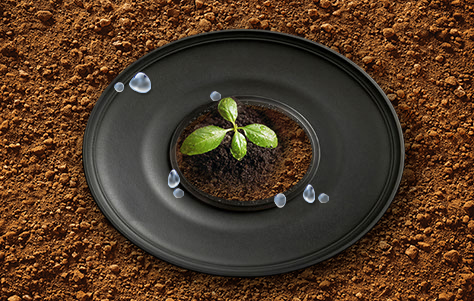
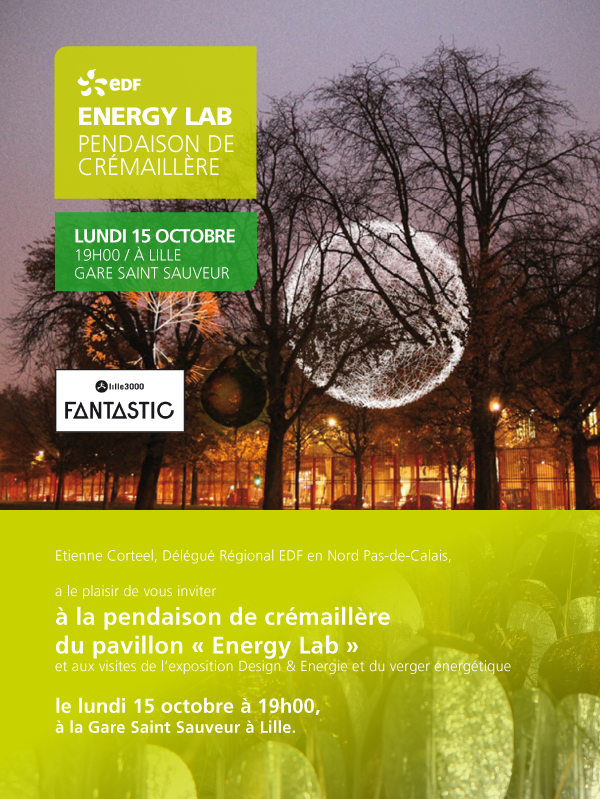
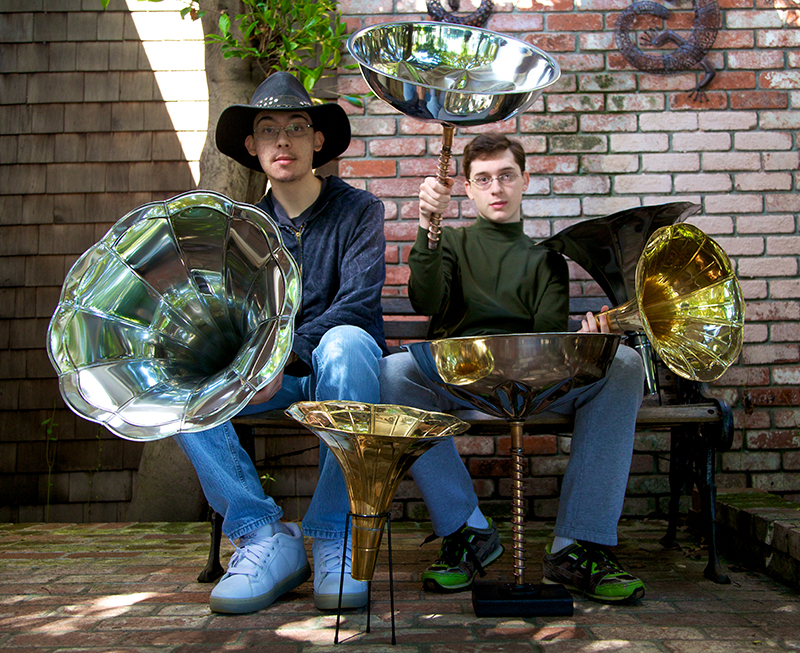
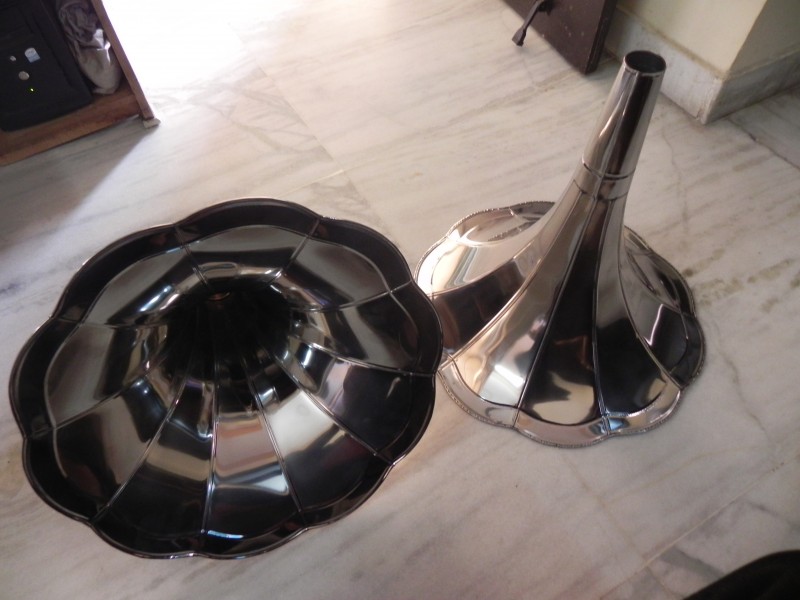


[…] a previous blog post, Tim wrote about using a metal or a clay ring that would lay directly on the ground—it would […]